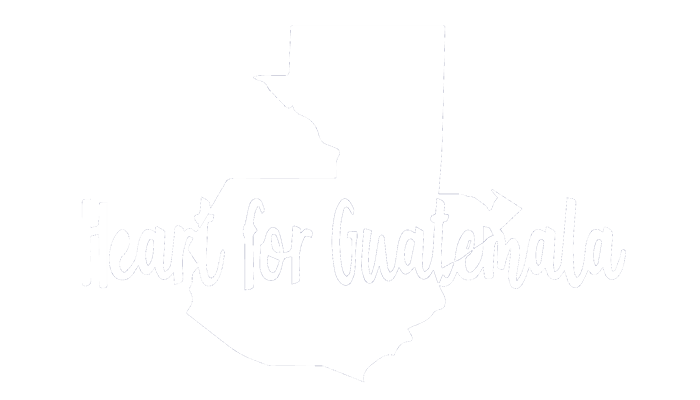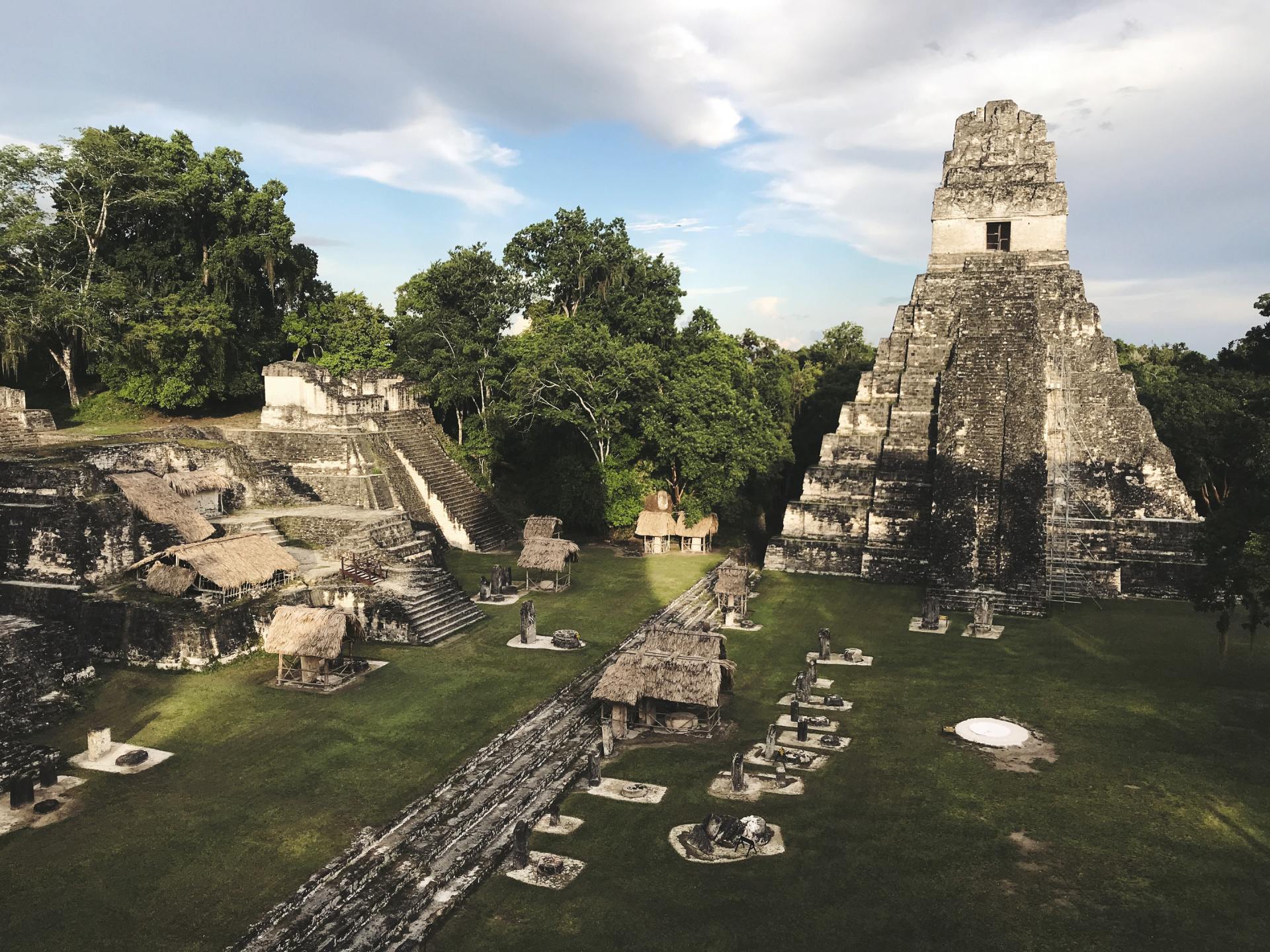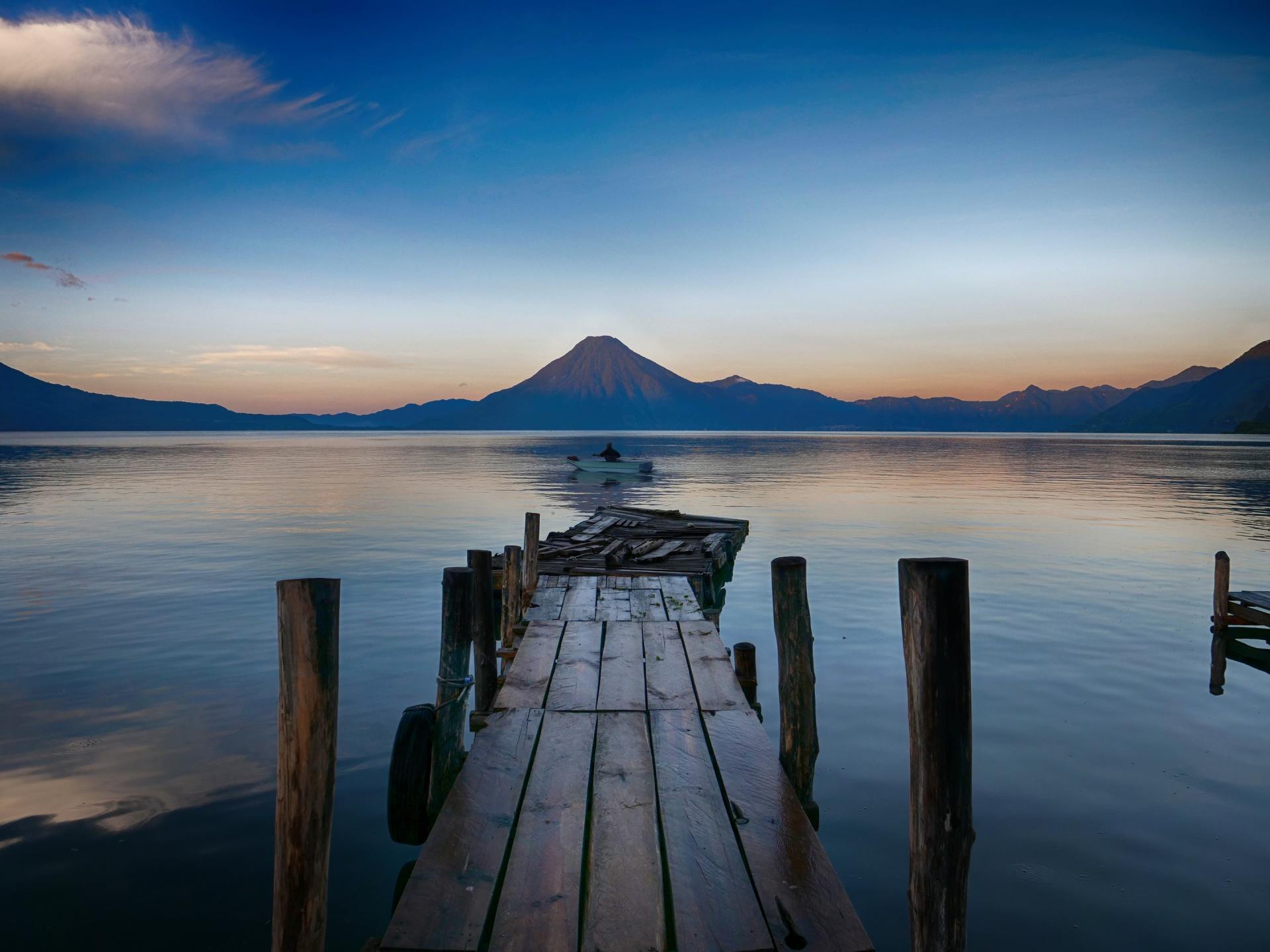The People of Guatemala
The People and Culture of Guatemala
Guatemala is the northernmost country in Central America. It borders the Caribbean, between Honduras and Belize, and also borders the Pacific Ocean, between El Salvador and Mexico. It has a territory of about 42,000 square miles (slightly smaller than the U.S. state of Tennessee) and a population of about 11 million people, the majority of which are Mestizo (Amerindian or mixed Amerindian-Spanish). The official language is Spanish, but some 28 indigenous languages are also spoken.
Guatemala enjoys a warm climate throughout the year, with an average temperature above 20C (75F) in the mountains, somewhat warmer along the South Pacific Coast and the Tropical Lowlands of the Peten Region and Caribbean Coast. Cooler averages are found in Quetzaltenango and the Western Highlands. Guatemala is a small country, but it has much to offer the visitor who has opted to travel this ecologically beautiful and culture-rich region. Its natural wonders include truly breathtaking mountains, lakes, volcanoes, flora and fauna. Guatemala boasts a number of black-volcanic sand beaches on the Pacific Ocean, and some large coral reefs on the Caribbean side. Guatemala ranks very high in biological diversity, and has numerous tropical low rainforests and mountain cloud forests.
In addition to its natural treasures, Guatemala also has some of the largest and most fascinating Mayan ruins found anywhere in Latin America. The most famous of these ruins is Tikal, making it a very popular destination during a trip to Guatemala. The Mayan population, which is composed of several distinct groups including the Quiche, Kakchiquel and Mam in the Western Highlands, still proudly maintain their ancient culture and traditions; for many Spanish is a second language to be learned in primary school.
Culture of Guatemala
On a trip to Guatemala you will discover a culture that reflects strong Mayan and Spanish influences, and that continues to be defined as a contrast between poor Mayan villagers in the rural highlands, and the urbanized and relatively wealthy mestizos population (known in Guatemala as ladinos) who occupy the cities and surrounding agricultural plains. With the arrival of the Spanish conquistadores, power was transferred to the foreigners, and their mixed-race descendants, the ladino, became the new powerful families of Guatemala. Unlike in much of the rest of the New World, however, the Europeans did not completely marginalize or supplant the indigenous people, but rather formed an uneasy alliance.
While Spanish became the official language mandated in schools, various Mayan languages never died out, and are still widely-spoken throughout the highlands today. The music of Guatemala comprises several styles and expressions. The Maya had an intense musical practice. Guatemala was also one of the first regions in the New World to be introduced to European music, beginning in 1524. Many composers from the Renaissance, baroque, classical, romantic, and contemporary music styles have contributed works of all genres, of very high quality. The marimba is Guatemala’s national instrument. The marimba is made of keys or bars (usually made of wood) that produce musical tones when struck with mallets. The keys are arranged as those of a piano, with the accidentals raised vertically and overlapping the natural keys to aid the performer both visually and physically.
Although Spanish is the official language, it is not universally spoken among the indigenous population, nor is it often spoken as a second language. During a Guatemala trip you may hear up to twenty-one distinct Mayan languages are spoken, especially in rural areas. In addition, there are several non-Mayan Amerindian languages, such as the indigenous Xinca, and Garifuna, an Arawakan language spoken on the Caribbean coast.
The Maya peoples are known for their brightly colored yarn-based textiles, which are woven into capes, shirts, blouses, and dresses. Each village has its own distinctive pattern, making it possible to distinguish a person's hometown on sight. Women's clothing consists of a shirt (camisa) and a long skirt (falda).
Roman Catholicism combined with the indigenous Maya religion to form the unique syncretic religion that prevailed throughout the country and continues to do so in the rural regions. The unique religion is reflected in the local saint, Maximón, who is associated with the subterranean force of masculine fertility and prostitution. Always depicted in black, he wears a black hat and sits on a chair, often with a cigar placed in his mouth and a gun in his hand, with offerings of tobacco, alcohol, and Coca-cola at his feet. The locals know him as San Simon of Guatemala. Beginning from negligible roots prior to 1960, however, Protestant Pentecostalism has grown to become the predominant religion of Guatemala City and other urban centers and down to mid-sized towns.
1960 was also the approximate start of the long and brutal Civil War, which pitted the wealthier urban ladinos against the poorer rural Mayans. Both sides engaged in death squad tactics, although by all counts the losses were far greater on the villagers’ side as the ladinos controlled the government and the military. The government hit squads were aided by the traditional practice of Mayan villagers wearing distinctive fabrics identifying their home village, allowing the government soldiers to kill suspected anti-government villagers on sight. The civil war forced moderates and the middle class to either take sides or flee the country, further polarizing the country. After 36 years of war and approximately 100,000 deaths, a peace agreement was brokered in 1996 and the country has been gradually healing since that time. Understandably, great animosity still exists between rich and poor, Maya and ladino, although they all identify themselves as Guatemalan.
Guatemala City is home to many of the nation’s libraries and museums, including the National Archives, the National Library, and the Museum of Archaeology and Ethnology, which has an extensive collection of Maya artifacts. There are private museums, such as the Ixchel, which focuses on textiles, and the Popol Vuh, which focuses on Mayan archaeology. Both museums are housed inside the Universidad Francisco Marroquín campus. The Guatemala National Prize in Literature is a one-time only award that recognizes an individual writer's body of work. It has been given annually since 1988 by the Ministry of Culture and Sports. Miguel Angel Asturias, won the Literature Nobel Prize in 1967. Among his most famous books is "El Señor Presidente", a novel based on the government of Manuel Estrada Cabrera.
Trending Posts on Heart for Guatemala

Stay in the Loop
We will get back to you as soon as possible.
Please try again later.


